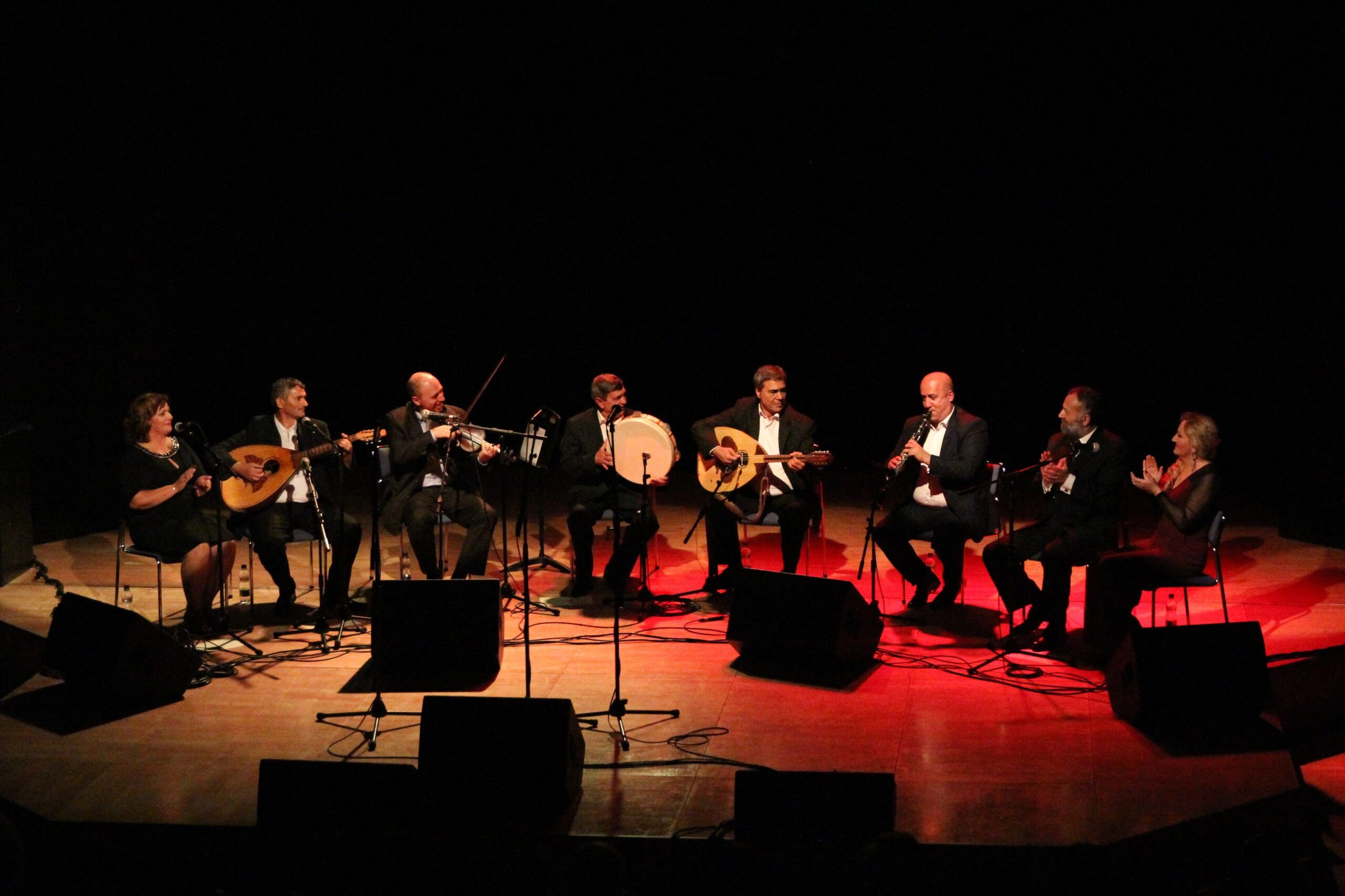
‘The music is so good that it doesn't need jazzing up’
Joe Boyd and Andrea Goertler talk sevdah, saze and the Gjirokastër Folk Festival.
|2025.04.07
|
And I just said, I've got to go there and experience this and see this music.
I remember listening to it for the first time and just going, holy shit, this is incredible stuff.
To me the point about recording this music is not to get a document, but to record this music with the same respect you would record a pop band or a string quartet.

Daniel Petrick
Daniel Petrick is K2.0’s former Senior Editor. He writes about the Balkans.
This story was originally written in English.
Want to support our journalism? Join "HIVE" or consider a donation.